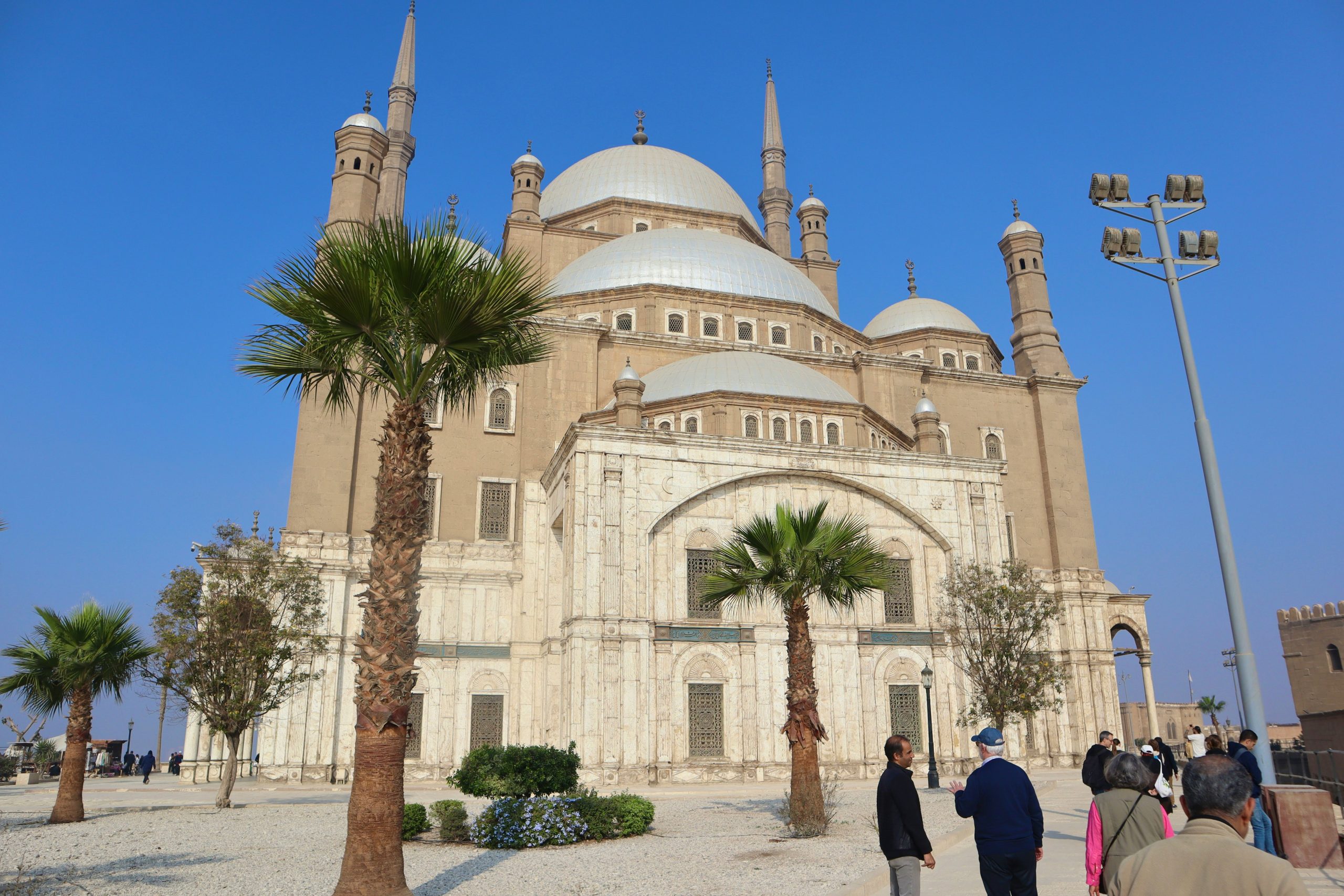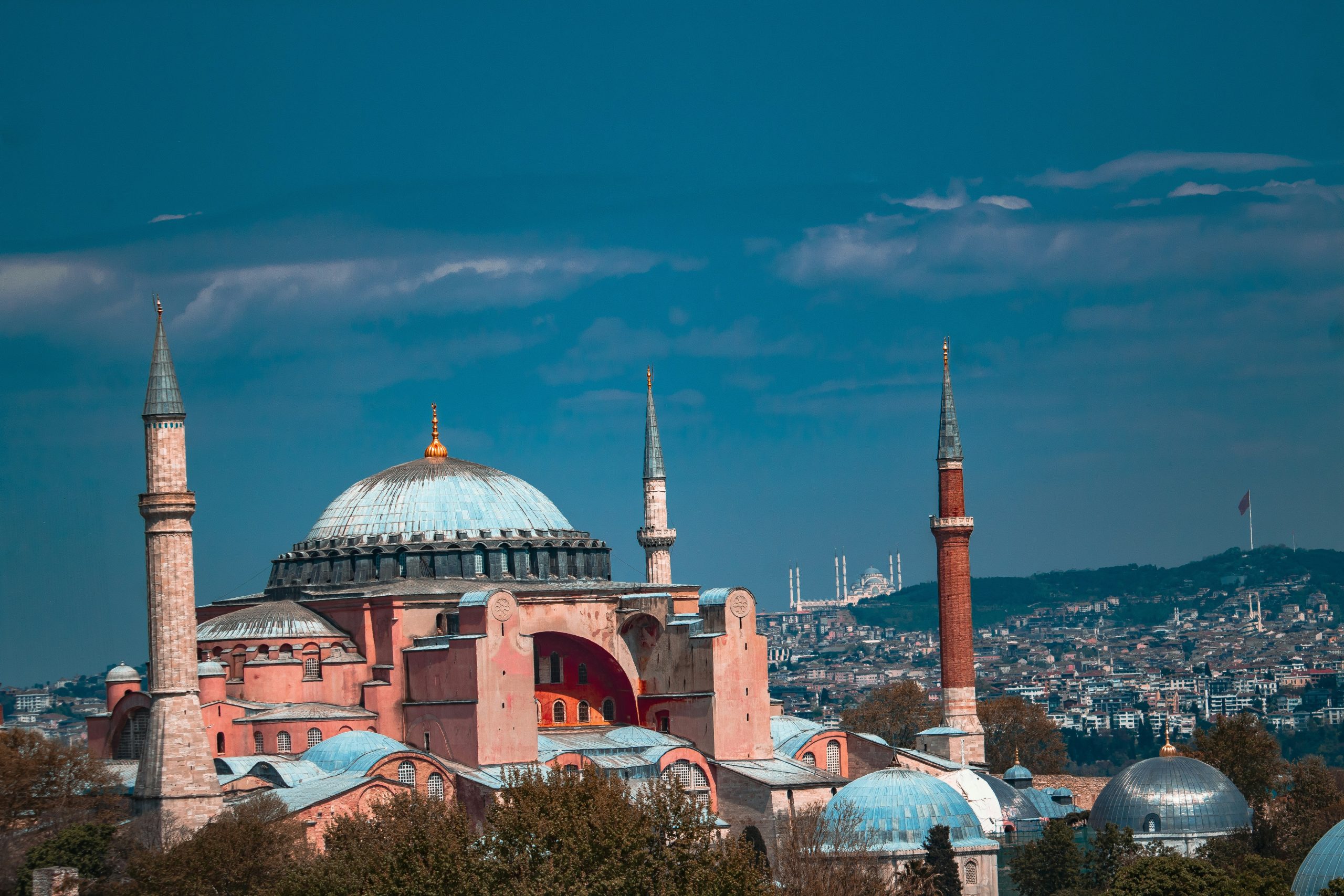Discover the enduring legacy of the Byzantine Empire in this captivating exploration. Unravel the mysteries and influence of this ancient civilization that continues to resonate through history.
The Artistic Influence of the Byzantine Empire

the architectural marvels
Throughout history, the Byzantine Empire left an indelible mark on the world through its architectural marvels. From the grandeur of the Hagia Sophia in Constantinople to the intricate mosaics adorning churches and palaces, Byzantine architecture stood as a testament to the empire’s cultural and artistic prowess.
the intricate mosaics
One of the most distinctive artistic legacies of the Byzantine Empire is its intricate mosaics. These stunning works of art adorned the interiors of churches and palaces, depicting religious scenes, imperial portraits, and intricate geometric designs. The use of vibrant colors and meticulous attention to detail showcased the empire’s commitment to artistic excellence and spiritual devotion.
the iconic religious icons
Religious icons played a significant role in Byzantine art and culture. These sacred images, often painted on wood panels or incorporated into mosaics, served as objects of veneration and spiritual contemplation. They symbolized the union between the earthly and divine realms, embodying the empire’s deep-rooted faith and devotion to Christianity.
the enduring influence
The artistic influence of the Byzantine Empire extended far beyond its borders, shaping the development of art and architecture in Europe and the Middle East. The iconic domes, arches, and frescoes inspired generations of artists and architects, influencing styles such as Romanesque, Gothic, and Renaissance. The legacy of Byzantine art continues to captivate scholars and art enthusiasts alike, serving as a testament to the enduring power of artistic expression.
the cultural legacy
In addition to its architectural and artistic achievements, the Byzantine Empire’s cultural legacy also encompassed literature, music, and philosophy. The empire’s scholars preserved and transmitted ancient texts, contributing to the intellectual development of Europe during the Middle Ages. The legacy of Byzantine music, with its distinctive melodies and hymns, continues to resonate in the music traditions of the Orthodox Church.
By exploring the artistic influence of the Byzantine Empire, we gain a deeper appreciation for the enduring legacy of this remarkable civilization. Its contributions to art, architecture, and culture continue to inspire and enrich our understanding of the past, underscoring the importance of preserving and celebrating our shared heritage.
Religious Legacy of the Byzantine Empire

the religious fabric of the byzantine empire
the byzantine empire was not only a powerhouse of political and military might, but it also left a long-lasting mark on religious history. shaped by a unique blend of christianity and politics, the empire’s religious legacy continues to influence modern religious practices and beliefs.
religious architecture: monuments of faith
one of the most enduring legacies of the byzantine empire is its architectural marvels. from the hagia sophia in constantinople to the stunning chora church, these buildings stand as testaments to the empire’s devotion to god. the intricate mosaics and awe-inspiring domes of these structures reflect the byzantine empire’s commitment to elevating the divine through art and architecture.
religious iconography: symbols of faith
iconography played a central role in the byzantine empire’s religious practices. icons, paintings, and mosaics adorned churches and homes, serving as windows into the divine realm. the use of religious imagery not only conveyed biblical stories but also connected believers to the spiritual world, fostering a deep sense of faith and reverence.
religious rituals: rites of passage
religious rituals were an integral part of byzantine life, marking important milestones such as birth, marriage, and death. baptisms, weddings, and funeral ceremonies were imbued with spiritual significance, weaving together the fabric of community and faith. these rituals continue to resonate in orthodox christianity and other christian traditions today.
religious influence: shaping belief systems
the byzantine empire’s religious legacy extended beyond its borders, shaping the development of eastern orthodox christianity and influencing the course of religious history. from the council of nicaea to the iconoclastic controversy, the empire’s religious decisions reverberated throughout the christian world, leaving a lasting impact on religious doctrine and practice.
the religious legacy of the byzantine empire is a tapestry woven with threads of faith, art, and ritual. its influence continues to permeate modern religious practices, reminding us of the enduring power of belief and devotion. as we gaze upon the architectural wonders and intricate icons of the byzantine empire, we are reminded of the profound connection between religion, culture, and history.
By incorporating these keywords strategically into the article, we enhance its SEO optimization and make it more likely to reach the intended audience searching for information on the religious legacy of the Byzantine Empire.
Political Impact of the Byzantine Empire

The Byzantine Empire, often overlooked in discussions of classical civilizations, had a profound and lasting political impact on the world. From its strategic governance to its diplomatic relations, the legacy of the Byzantine Empire continues to shape modern political structures and international affairs.
administrative prowess and centralized rule
The Byzantine Empire was renowned for its administrative prowess and centralized rule. Emperors wielded significant power, controlling vast territories through a sophisticated bureaucracy that managed everything from tax collection to public infrastructure. This centralized governance laid the foundation for modern systems of administration and governance, influencing political structures across the globe.
diplomatic finesse and cultural exchanges
Byzantine diplomats were skilled negotiators who navigated complex geopolitical landscapes with finesse. Through strategic alliances and cultural exchanges, the Byzantine Empire fostered connections with neighboring powers and distant lands, promoting trade and intellectual exchange. This legacy of diplomacy continues to impact international relations today, emphasizing the importance of dialogue and cooperation in global politics.
military strategy and defenses
The military prowess of the Byzantine Empire was legendary, with well-trained armies and strategic fortifications that defended the empire against external threats. The development of military strategy and defensive architecture by the Byzantines influenced later military tactics and fortification designs, leaving a lasting mark on the field of warfare and national security.
legal system and codification
The Byzantine legal system was highly developed, with laws codified to ensure justice and order within the empire. Legal principles established by Byzantine jurists shaped the foundations of modern legal systems, influencing concepts of justice, property rights, and contractual obligations. This legal legacy continues to resonate in contemporary legal frameworks worldwide.
The political impact of the Byzantine Empire transcends its historical boundaries, influencing governance, diplomacy, military strategy, and legal systems to this day. By studying the legacy of the Byzantine Empire, we gain valuable insights into the enduring influence of past civilizations on modern political structures and global affairs.
